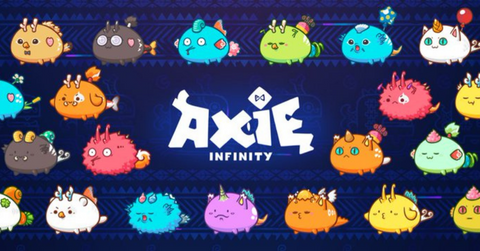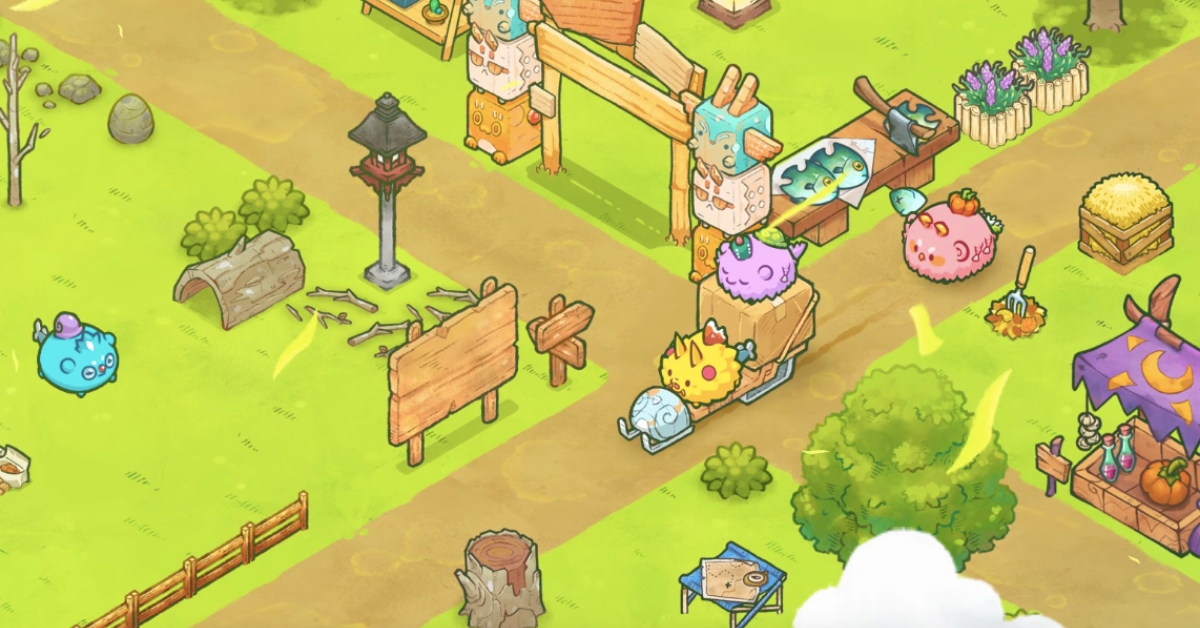Axie Infinity Seems Profitable for Those With a Long-Term Vision
Ethereum-based blockchain game Axie Infinity should generate $1 billion in revenue from in-game transactions.
Oct. 11 2021, Published 8:14 a.m. ET

Play-to-earn blockchain game Axie Infinity has been stealthy yet dramatically causing a "digital revolution" with 2 million daily active users backing it. Three years ago, the Ethereum-based game made waves as the first game to introduce the concept of gaming with NFTs. NFTs are unique digital assets verified on the blockchain that represent ownership to Axie Infinity players—but is it profitable?
The "battlers" are the axies and they function as NFTs. The NFTs operate as ERC-21 tokens that gamers can buy, sell, or trade. Axie Infinity has its own fully functioning in-game economy with a fully operating secondary market. There are various opportunities for users to generate profits, but it isn't as linear as you might think.

Axie Infinity benefits "long-term thinkers," but some users have generated "short-term" profits.
Recently, Axie Infinity gave $60 million worth of Axie Infinity Shards (AXS), its in-game governance token, to its "founders." The founders are its early adopters based on a snapshot of account holders on or prior to October 26, 2020. Soon after the distribution, Axie Infinity announced the much-anticipated launch of its "staking dashboard." Users could lock in their AXS tokens for an annual percentage yield that currently is over 155 percent.
For those long-term believers, this was one immensely large way users generated profits as the AXS token surged over 45 percent when the announcement was released. However, there are other ways that users have generated profits since they might have discovered the game later—which is still in alpha.
How Axie Infinity users and gamers generate profits by adding utility to their NFTs or "flipping"
Axies generate an in-game token called the smooth love potion (SLP). It functions as an ERC-20 token as opposed to Axies that operate as ERC-21 tokens. Since they're ERC-20 tokens, they can be exchanged much quicker. In order for users to generate earnings in the game, they must literally "play-to-earn." To play, they will need a team that is composed of 3 axies.
There's a more utilized mechanism for users to see a return on their investment. They breed axies and later sell them on the secondary market—a term known as "flipping." Another way is to breed axies with the intention to loan them out to other players in the form of a community-created initiative known as "scholarships."
With the scholarships, the owner of the assets makes a small percentage of each lendee's total earnings. The community suggests that 35 percent or less, or no more than 50 percent, goes to the lender. Assuming a lender has hundreds of teams like blockchain gaming guild, Yield Guild Games (YGG), which has over 16,000 members around the world, that would result in a large sum of total profits generated.
It is just the beginning for "play-to-earn" blockchain games like Axie Infinity.
While most guilds are much more conservative in the number of members they support, more are gearing up and "onboarding" hundreds of players. Blockchain gaming has only just begun and has unlocked "play-to-earn" models where users are becoming much more creative in implementing utility for their assets that can generate profits.
Axie Infinity's ecosystem does that in a variety of ways that correspond to the vision that a gamer, user, and investor has for the game that more often than not, reflects the potential profits to be made.
